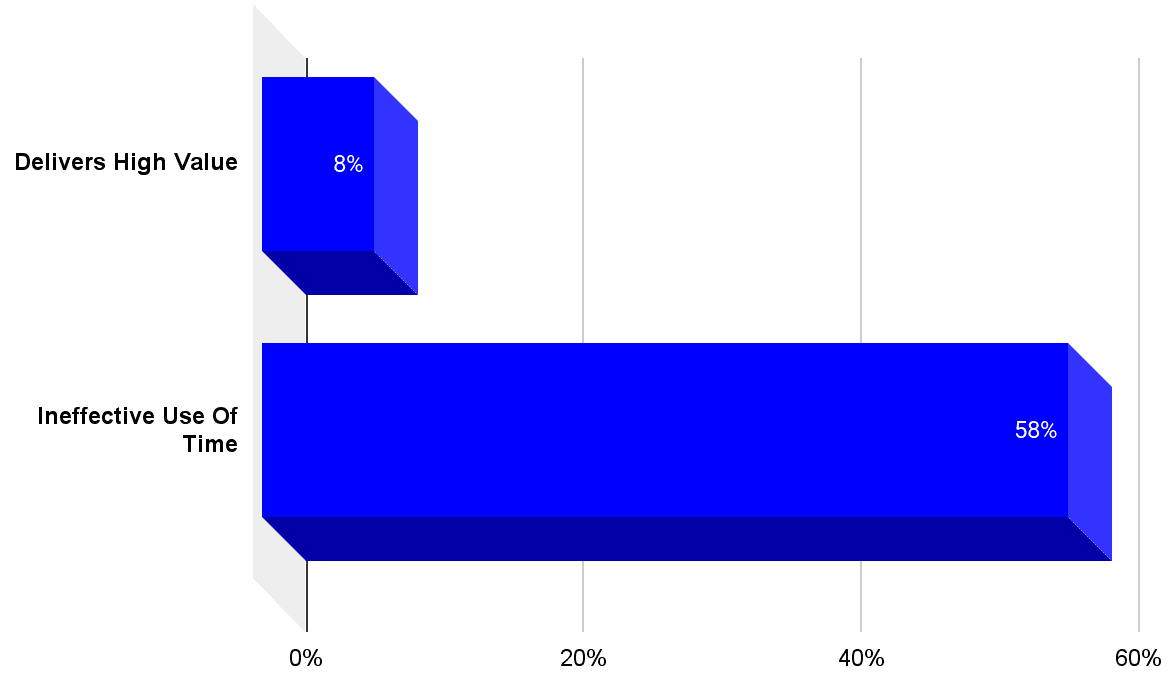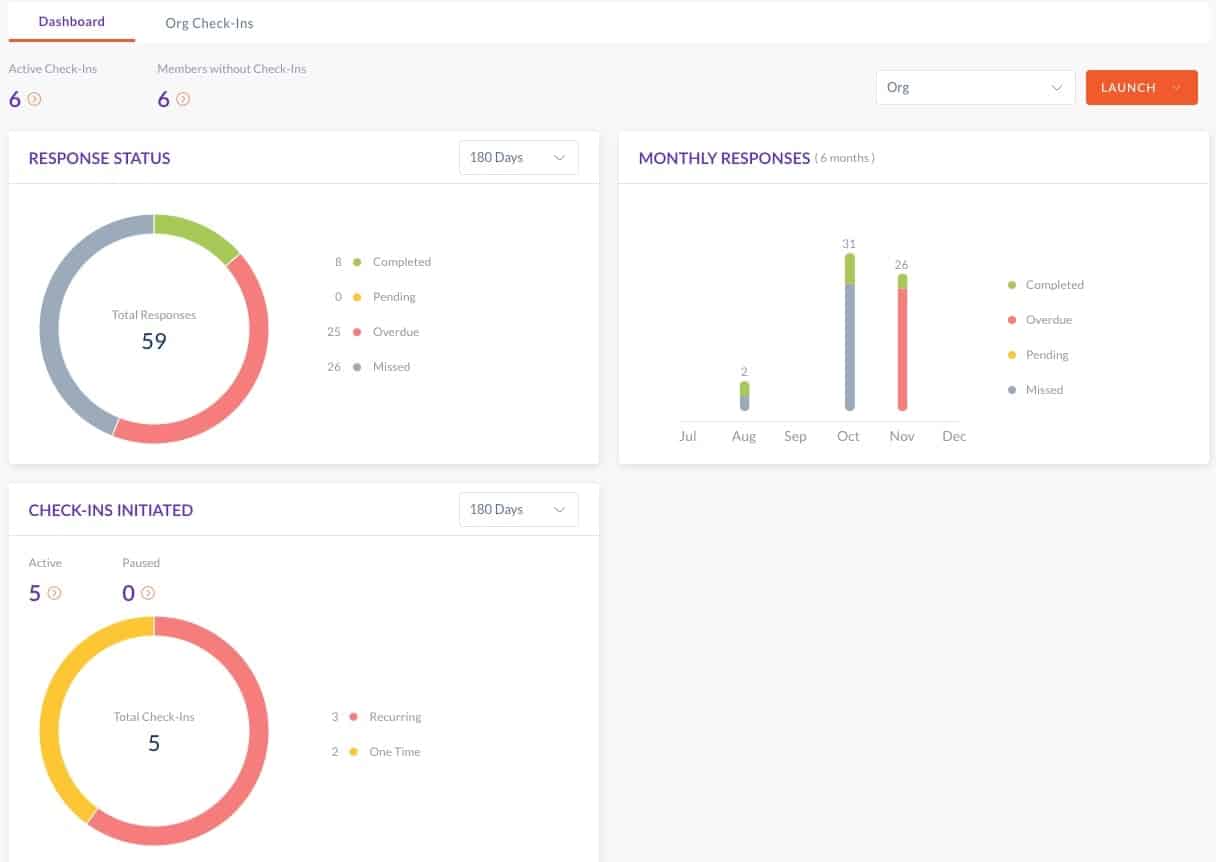Undoubtedly, a business’s success depends upon employee engagement and performance. The latest employee engagement stats reveal that 18% of “very engaged” employees remain with their current employers for extended periods.
But the question is, how can you engage employees? Importantly, how can you engage employees from afar in remote or hybrid workplaces?
Well, the answer is inclusive leadership. It is a collaborative and problem-solving leadership style that focuses on individual employees’ needs.
Wondering how inclusive leadership can boost employee engagement and performance? Then, walk through this guide to learn about inclusive leadership and how to use it to engage your employees.
What is Inclusive Leadership?
Inclusive leadership is a progressive leadership style in which leaders coordinate and communicate with their team members to make decisions and solve business problems. Inclusive leaders use their entire team’s knowledge and experience to make decisions for their business. These leaders are confident and competent, but they are not egoistic.
When leaders include their team in the decision-making process, it helps to improve engagement and retention rates in the organization. Employees will feel like their opinions matter to their leaders. This will motivate them to provide better suggestions and ideas to gain their leaders’ respect.
Also Read: Demonstrating Effective Leadership In the Workplace
An inclusive leader is someone who has the following traits:
- Humble and Modest. Inclusive leaders are modest human beings. No matter how skilled or knowledgeable they are, they never abuse or show off their achievements. On the contrary, they are always interested in other people’s opinions and take suggestions from everyone on the team.
- Good Communicators. These leaders are masters of receiving and giving feedback. They provide real-time feedback to their team members and use dual communication channels to always stay in touch with their team.
- Adaptive and Innovative. Inclusive leaders use innovative and technical solutions to improve employee engagement and performance. For example, they use 360-degree feedback tools to conduct employee engagement surveys to create a positive company culture.
- Result-driven. Inclusive leaders are focused on company goals. They don’t hesitate to take risks or go beyond their limits to achieve desired results. They are dedicated and focused on bringing maximum value to their organization.
6 Ways Inclusive Leadership Helps to Boost Employee Engagement & Performance
Inclusive leadership is not an option for modern business organizations. However, it is an essential employee engagement tool to bring efficiency and high performance to your team. According to a Deloitte report:
- 17% of teams with inclusive leadership are high performing
- 20% stated they make more effective decisions
- 29% reported collaborative behavior
- 10% seen reduction in absenteeism due to inclusiveness
Excited to execute an inclusive leadership style in your company? If so, follow these steps to implement inclusive leadership that helps to boost employee engagement and performance:
1. Innovative work approach
Inclusive leaders thrive on innovation. They don’t hesitate to use new technologies or creative methods to interact with their team members.
These leaders are always looking for an opportunity to build an honest and trustworthy relationship with their team members.
Therefore, inclusive leaders use different approaches to create a transparent employee engagement environment, like:
- Reward and recognition. Leaders create an environment where employees can thrive. They set up a reward and recognition policy to acknowledge the hard work of their team members. This helps to motivate team members to work even harder to achieve company goals.
- Learning and development. Inclusive leaders work to improve their employees’ skills and performance. They provide learning and development opportunities for their team. In fact, they give employees time to learn new skills and attend workshops.
- Use automation. Innovative leaders are ready to automate their operations. They use advanced technology to track employees’ performance and efficiency to provide them with real-time statistics and feedback.
2. Brings diversity to the leadership
Employees who feel more connected with senior leadership will show more productivity and efficiency. Therefore, to set up inclusive leadership, you should bring diversity to your leadership style.
You need to appoint a relatable leader. Employees will likely feel more positive about a leader with whom they share something. It could be gender, caste, or disability. Employees who relate to leaders will accept them faster and follow their instructions better.
Therefore, the best strategy to appoint an inclusive leader is within your team. You should practice a democratic election and elect a leader from your team members.
The best thing about this practice is that a leader is already familiar with team members and their character. This way, leaders can better develop relationships with them and understand their viewpoints.
3. Focus on individual employee’s needs
Every employee is different. The aspirations and needs of individual employees are unique. As per recent statistics:
- 70% of Americans prefer company culture and employee benefits more than salaries.
- College degree holders looking for a positive company culture to apply for a new job.
Therefore, inclusive leaders have to understand individual employees’ requirements to build a progressive work environment. They can use employee engagement surveys to understand the needs of individual employees.
In addition, when leaders interact with employees, it builds relationships and trust among them. Employees can better convey their issues when they have the opportunity to interact face-to-face with leaders.
4. Build trust among team members
Apart from earning team members’ trust, inclusive leaders must improve coordination and trust among all team members. If your team is not aligned, it is impossible to include them all in the decision-making process.
Therefore, inclusive leaders have to practice trust-building activities in the organization. You should use virtual trust-building exercises to establish a collaborative work environment even if your team works remotely.
Here are some ideas to build trust among your team members:
- Offer networking opportunities for team members to share their capabilities.
- Celebrate and highlight employees’ success.
- Accept when you are wrong.
- Listen to every team member.
- Host informal events like games day, weekend get-togethers, team vacations, etc.
5. Open communication
Communication is the backbone of an inclusive leadership style. Leaders need a dual communication structure where they can receive real-time feedback from team members and reciprocate it to them.
Here, employers have to work on building an open communication channel through different mediums. They should provide different forms, surveys, and centralized communication software to their team members. Or they can also use an employee handbook as it is an effective means of communication and delivering values. This way, leaders can reach out to their team members faster or vice versa.
6. Rise above the competition
Inclusive leaders should eliminate the competition prevailing within their teams. They should create a collaborative and coordinated environment where team members don’t feel jealous when their subordinates succeed. In fact, they help their team members work efficiently.
Inclusive leaders can work on all the negative feelings and team conflicts seriously. They must resolve team issues quickly so that a positive and evolving environment can be established in the workplace.
How to Build Inclusive Leadership in Your Workplace?
Now that you know inclusive leadership is helpful in boosting employee engagement and performance, the next step is to understand how to build inclusive leadership in your workplace. It is not hard to set up an inclusive leadership style. Just follow these steps to do so:
-
Streamline hiring process
It is always better to start from the beginning. Thus, you should streamline your hiring process and only hire employees with the qualities of inclusive leaders. This way, when choosing a leader, you can easily find great candidates in your team.
-
Create an employees development plan
Apart from hiring competent employees to become inclusive leaders, you can create an employee development plan to nurture inclusive leaders. If you have potential leaders in your team, work on improving their skills and leadership traits to prepare them to take on leadership roles in the future.
-
Have a proper plan
Every organization must have a well-structured plan for inclusive leaders. You can create a document that includes the responsibilities and duties of an inclusive leader. This way, employees can know what to expect from their leaders. Similarly, leaders can prepare themselves to follow all responsibilities.
-
Effective communication structure
Automation is the best way to set up an effective communication structure in your workplace. You can get centralized software that allows you to streamline the communication flow between team members and leaders.
-
Identify your unconscious bias
Human judgment is often clouded by personal interest, religious factors, or favoritism. Therefore, leaders must work on themselves and identify when their unconscious biases influence their leadership. Then, they can consult their senior management when their personal interests come before their honest leadership practice.
-
Use 360-degree feedback surveys
A 360 manager review is a valuable way to gather employee feedback on how your leaders are doing. Constructive feedback will help your leaders with both their personal and professional development. Allowing employees to give their leaders feedback through 360-degree feedback surveys is a great way to improve the overall leadership in the organization.
Also Read: 360 Degree Feedback: Best Practice Guidelines
Conclusion
Inclusive leadership is what modern hybrid workplaces require. It is essential to build a transparent work environment, engage employees, and motivate them to work harder.
Inclusive leadership is based on clear communication and a plan of action. Therefore, if you want to implement an inclusive leadership style in your organization, work on developing inclusive traits among your employees.


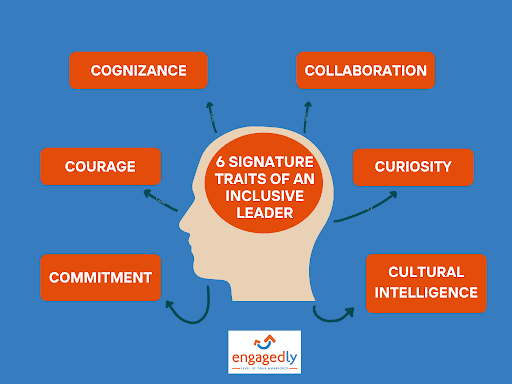















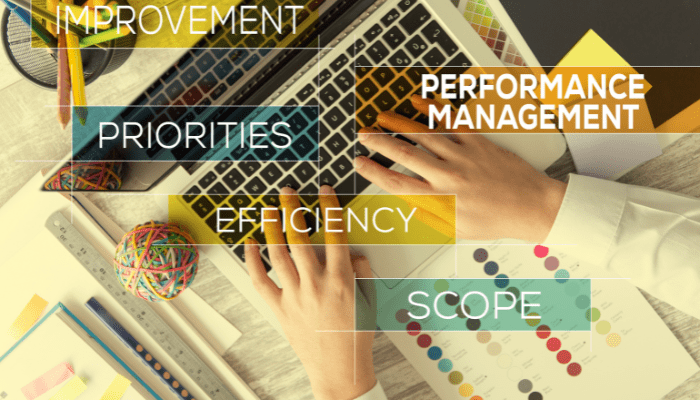



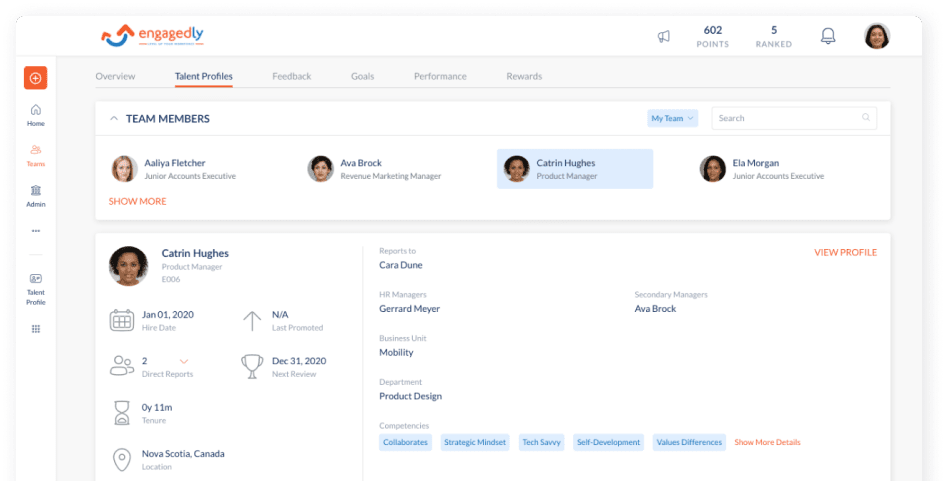













 Source: hbr.org
Source: hbr.org Source: Zippia.com
Source: Zippia.com Encourage Feedback
Encourage Feedback Process Automation
Process Automation
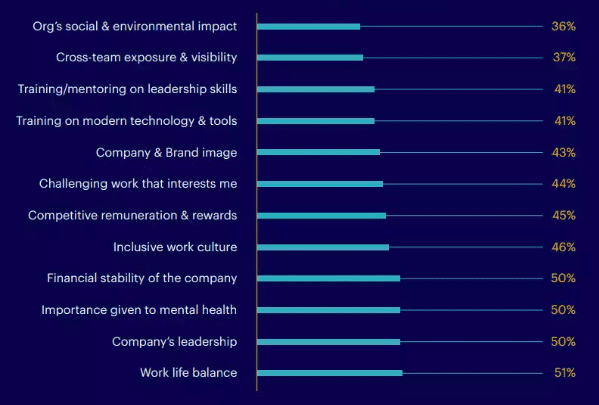
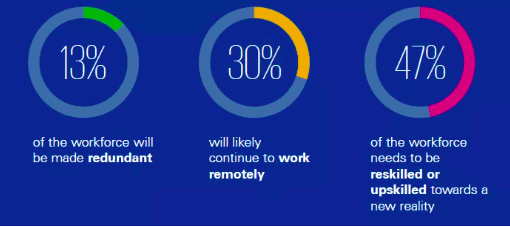
 Source: Profit.co
Source: Profit.co